The June 16, 2021 meeting in Geneva between U.S. President Joe Biden and Russian President Vladimir Putin gave a positive impulse to a bilateral U.S.-Russia relationship that was plumbing post-Cold War depths. Both sides made modest progress in the following months, only to be wholly derailed by Putin’s war of choice against Ukraine. It will be a long time before the U.S.-Russia relationship can approach anything that resembles “normal.”
Early on in the Biden presidency in 2021, administration officials made clear their readiness to push back against Russian overreach, including with the use of additional sanctions. At the same time, they noted the value of guardrails to keep in check the adversarial aspects of the relationship. Less than one week after Biden took office, he and Putin agreed to extend the New Strategic Arms Reduction Treaty to 2026.
Ruling out a reset, U.S. officials spoke of building a predictable and stable relationship with Russia. Putin surely did not like it when Biden referred to him as a killer in March 2021, but that did not prevent the Russian president from accepting Biden’s invitation to meet in Geneva.
Geneva and its aftermath
Washington and Moscow set expectations low as the June 16 summit approached. While the meeting ran just two hours, officials on both sides described the talks as substantive. The summit produced one short joint statement, in which the presidents reaffirmed the Reagan-Gorbachev principle that “a nuclear war cannot be won and must never be fought,” and they announced the Strategic Stability Dialogue to “lay the groundwork for future arms control and risk reduction measures.”
In his post-summit press conference, Biden said he told Putin that the bilateral relationship needed some “basic rules of the road,” raised difficult issues such as human rights and cyber-attacks that originated in Russia, and reiterated U.S. support for Ukraine. In his press briefing, Putin described areas of possible agreement and differences. He did so without particular rancor and even expressed respect for his American counterpart.
What came next would prove the real test. The following months produced some limited headway. The number of diplomatic and other contacts broadened. For example, U.S. visitors to Moscow included Special Presidential Envoy for Climate John Kerry (July), Secretary of State Antony Blinken (August), Under Secretary of State Victoria Nuland (October) and CIA Director and former U.S. Ambassador to Russia Bill Burns (November).
U.S. and Russian officials launched the Strategic Stability Dialogue in July 2021 and met for a second time in September. Both sides described their discussions in positive terms, terming the second meeting, which produced an agreement to establish working groups, “intensive and substantive.” A senior U.S. official privately noted that there seemed to be a reduction in cyber-attacks against sites in the United States emanating from inside Russia.
None of this constituted a major breakthrough, but Geneva seemed to have given a slight boost to the relationship. However, that soon came to an end.
Trying — and failing — to prevent a war
In November and early December, the situation between Russia and Ukraine became a crisis. Washington released intelligence information about the massive Russian military buildup around Ukraine and warned that Moscow planned “a multi-front offensive, as early as next year [2022].”
In a two-hour video call on December 7, Biden tried to dissuade Putin from launching a new invasion of Ukraine. He warned that such an attack would trigger harsh economic sanctions, a greater flow of Western weapons to Ukraine, and a U.S. readiness to respond positively to requests from allies on NATO’s eastern flank, such as the Baltic states, for new U.S. troop deployments. In a second call on December 30, the American president again cautioned his Russian counterpart not to attack Ukraine and offered security discussions in bilateral and multilateral channels if Moscow de-escalated the crisis.
The crisis accelerated in January and early February 2022, as security discussions went for naught. Biden reiterated his warnings to Putin in one more phone conversation on February 12, as the United States deployed some 5,000 troops to Poland, Germany and Romania, moved its embassy staff out of Kyiv, and surged a flow of arms to the Ukrainian military in anticipation of the Russian invasion.
U.S. and Western efforts to deter the Kremlin from attacking Ukraine failed. While the West might have done more in the crisis run-up, it is not clear that anything short of forcing Kyiv to accept abject terms amounting to capitulation would have dissuaded Putin. On February 24, the Russian military launched a so-called “special military operation” — in reality, a massive invasion of Ukraine from the north, east and south. Within 10 days, NATO had activated its rapid response force, the West had slapped robust new economic sanctions on Moscow, and Western firms — including major multinationals such as Apple, British Petroleum, and Shell — had begun quitting Russia.
Russia’s war against Ukraine has raged for 16 weeks. After the initial Russian bid to take Kyiv and occupy perhaps as much as the eastern two-thirds of Ukraine failed, the Russian military shifted its focus to the Donbas region in eastern Ukraine, where both sides now engage in a grinding battle. Though out-gunned, the Ukrainians have fought with skill and determination, and they hope that an influx of Western arms, including artillery, battlefield rocket systems, and ammunition, will help them turn back the Russian assaults. Many U.S. and European officials expect a war of attrition that could last for months, even longer.
What lies ahead for U.S.-Russia relations
Ukraine dominates how the West now views Russia. Regardless of how or when the war ends, Washington and Moscow (and the West and Moscow) are headed for a lengthy period of grim and frosty relations. Mistrust has reached new levels, fueled by the Kremlin’s lies, including repeated denials, up until February 24, of any intention to invade Ukraine. Western sanctions may well remain on Russia for a long time to come. The Biden administration’s desire for a predictable and stable relationship has fallen by the wayside. How can the United States have a predictable and stable relationship with a Kremlin leadership that prefers unpredictability and instability?
Interestingly, both Biden and the Kremlin have recently expressed a desire to resume the U.S.-Russia dialogue on strategic stability at some point. That likely will not begin again until well after the Russia-Ukraine war ends, and it would then be a dialogue conducted by two countries coldly seeking to put constraints on what both regard as an adversarial relationship.
Relations between Washington and Moscow have often depended in large measure on the tone set by the two leaders. With all that has transpired over the past six months, it is very difficult to see how Biden and Putin could improve bilateral relations. Indeed, could the two even agree to meet?
The mistrust and bad blood will make cooperation challenging, even on issues where both countries’ interests converge, such as arms control, climate change, and dealing with Afghanistan. Restoring anything that looks like normalcy in the bilateral relationship will likely require two things. First, Putin’s departure from the Kremlin, something that may not happen for years. Second, when Putin leaves power, his successor likely will have to make significant policy changes to demonstrate that Russia will play by the rules of the international order, no longer seek to use military force to impose its will on neighboring states, and be ready to work with the West for a stable and secure Europe. Unfortunately, that will be some time in coming.
The Brookings Institution is committed to quality, independence, and impact.
We are supported by a diverse array of funders. In line with our values and policies, each Brookings publication represents the sole views of its author(s).

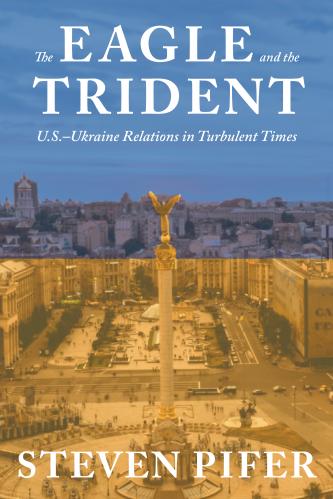
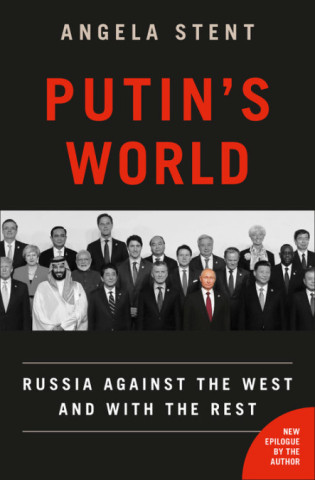
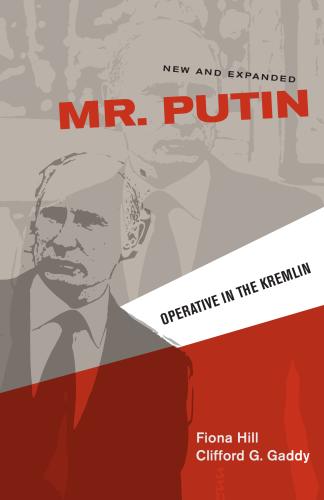
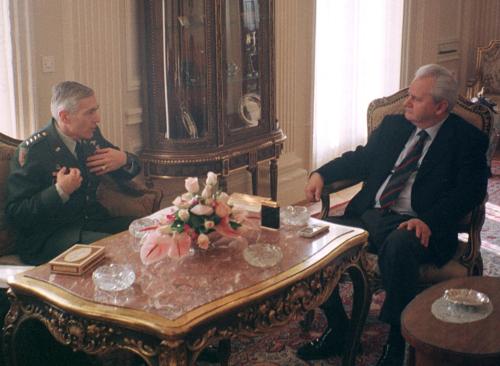
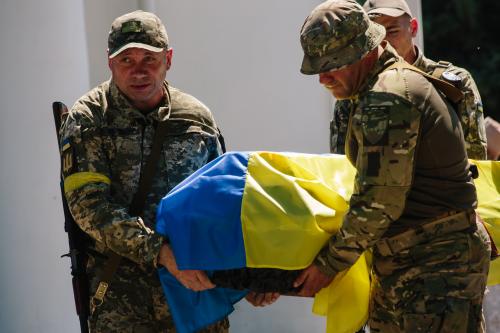
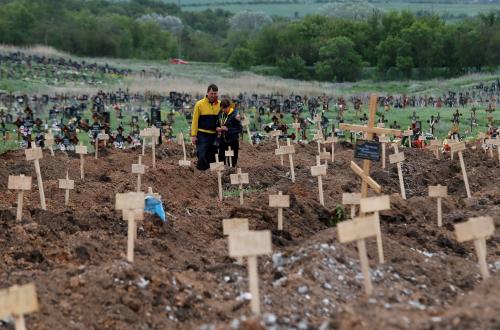




Commentary
U.S.-Russia relations, one year after Geneva
June 16, 2022